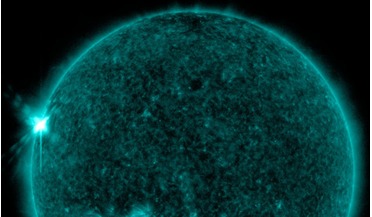 10 May 2021
Sun's biggest outburst this cycle is sending solar storms to Earth and Mars
10 May 2021
Sun's biggest outburst this cycle is sending solar storms to Earth and Mars
... 200 bursting out of the Sun's surface at about 2300 kilometres per second (8.2 million km/h). The Sun is currently in cycle 25. It left cycle 24 in September 2020 after it was declared that solar minimum had been reached in December 2019. Scientists...
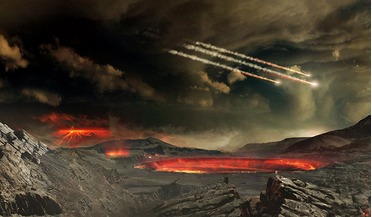 10 January 2018
Possible recipe for life on early Earth
10 January 2018
Possible recipe for life on early Earth
... by Ramanarayanan Krishnamurthy, associate professor of chemistry at TSRI, found that two non-biological cycles – called the HKG cycle and the malonate cycle – could have used reactions that perform the same fundamental chemistry of organic compounds...
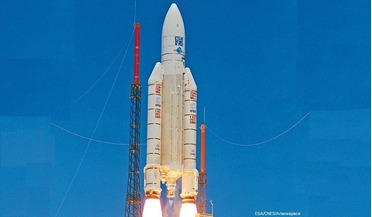 March 2015
ESA’s Clean Space Initiative and the role of the LCA tool
March 2015
ESA’s Clean Space Initiative and the role of the LCA tool
... (analysing a product from cradle to grave) avoids burden shifting; transferring impacts from one part of the life cycle to another, from one region to another, from one generation to the next. The European Commission (EC) in particular, through...
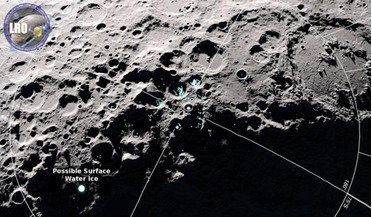 11 March 2019
LAMP shows migrating water molecules on the Moon
11 March 2019
LAMP shows migrating water molecules on the Moon
... "These results aid in understanding the lunar water cycle and will ultimately help us learn about accessibility of ...set of measurements providing daytime coverage of the Moon’s hydration cycle and it is the first time that the UV absorption signature...
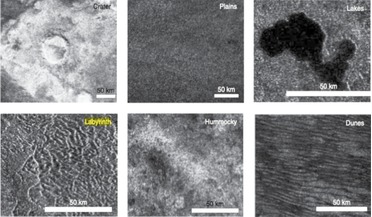 18 November 2019
First global geological map of Titan unveiled
18 November 2019
First global geological map of Titan unveiled
... the compound which shapes the moon’s surface in a hydrologic cycle that matches our own is methane (CH4). On Earth, this...demonstrate the extent to which Titan is shaped by its methane cycle. The poles are humid enough to keep liquid bodies of methane...
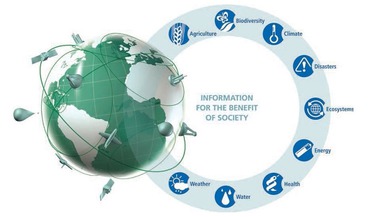 July 2014
Understanding Earth: GEO and the SDG environmental agenda
July 2014
Understanding Earth: GEO and the SDG environmental agenda
... information generation activities. To date, the following global initiatives developed within GEO’s framework include, the Water Cycle Coordination Initiative (WCCI), Oceans and Society (The Blue Planet), the GEO Biodiversity Observing Network (GEO...